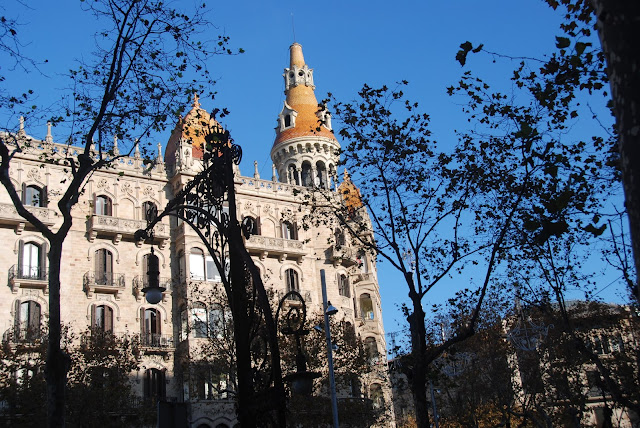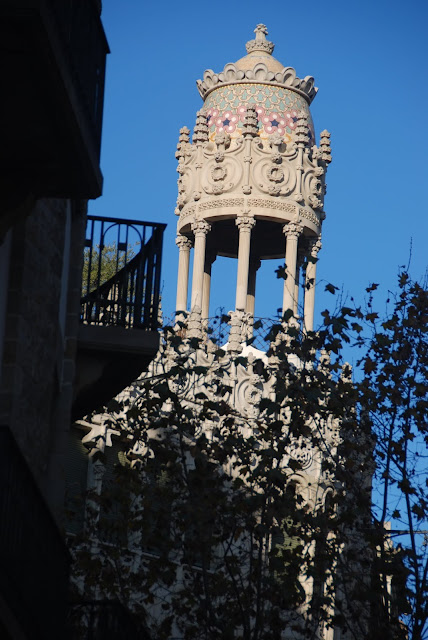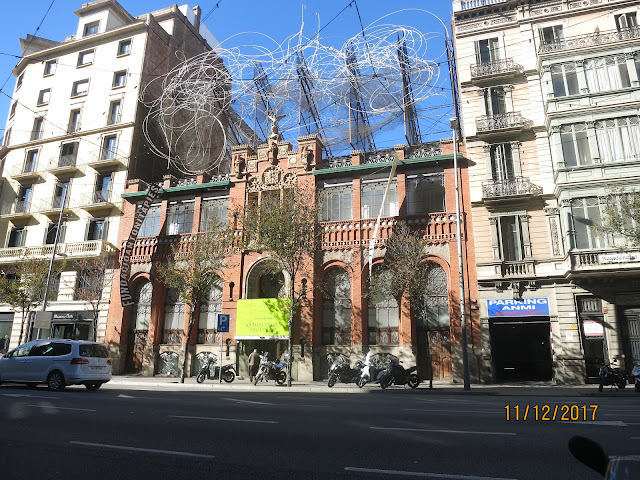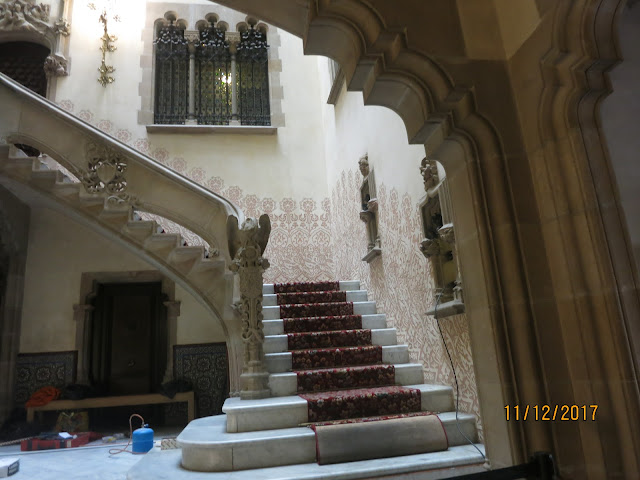In the order which I read them.
Susan Faludi's biography of her father, born Istvan Friedman, who became Stephanie Faludi. Complex account of slippery notions of identity, especially as it involves gender, religion, and nationality. I wrote about it earlier on the blog here and then some supplementary material here. Faludi is a Pulitizer prize winning journalist and noted feminist writer. A really interesting book.
Sarah Wildman. Paper Love.
This year, I read a lot of books about people who found a cache of letters or film or other materials left by family members connected to the Holocaust, and tried to reconstruct the story behind these artifacts. My reading jag. This is the first one I read. Not all w ill make this list, but Wildman's story of her attempt to identify the woman her grandfather left in Austria is compelling and very insightful about the nature of historical narrative and Holocaust victims. I earlier wrote about it here.
Ian McGuire. The North Water.
A physician gets caught up in a whaling expedition and the Arctic. This is an extraordinarily tense and well-written novel. It's kind of a blend of Herman Melville and Cormac McCarthy, and I don't say that lightly. Like Melville and McCarthy, McGuire writes beautiful sentences that convey horror-filled events and feelings. This is an aesthetic I really like, and I really liked this book.
Hideo Yokoyama. Six Four.
This is a long--and slow--police proecdural from a Japanese writer. The story unwinds in a very unhurried way, but plot becomes increasingly complex. It's really interesting if you like this sort of thing. Also understanding police procedure in Japan is one of the book's challenges.
Another book from the archives to the real story, but this time the artifact is a three minute film Kurtz's grandfather shot in Poland right before World War II changed his family's village in Poland irrecovcaably. I wrote about it here
Alice Kaplan. Looking for The Stranger.
Alice Kaplan's fascinating narrative of the history of Albert Camus' first great novel, The Stranger (which in preparation for Kaplan, I also re-read.). Kaplan traces the history of Camus, as well as the history of the French in Algeria (even locating the original of the Algerian man whom the Stranger shot), the history of the book's publication and subsequent success. Very highly recommended. I also read her first big book, The Collaborator: The Trial and Execution of Robert Brasillach, Still deep in my World War II obsession.
Daniel Mendelsohn. The Lost: A Search for Six of the Six Million. The last (for now) of the personal quest from the archives books of the summer. Because it was SO good. A compulsively readable set of tales about the difficulties of retriving the past of individuals. Probably the best book I read this year.I wrote about it here.
Jan T. Gross. Neighbors: The Destruction of the Jewish Community in Jedwabne Poland.
Anna Bikont. The Crime and the Silence: Confronting the Massacre of Jews in Wartime Jedwabne. Anthony Polonsky and Joanna B. Michelin eds.) The Neighbors Respond: The Controversy Over the Jedwabne Massacre in Poland.
At this point I turned to history and read a set of books about the Holocaust massacre of all the Jewish inhabitants of a small town in then-eastern Poland, Jedwabne. The issues raised by these books were and remain highly contentious among the Polish survivors of the massacre, as well as Polish citizens at large. I wrote about these books here.
This was Tony's and my summer book. Not completely sure it was a "best" but certainly a challenge and in many ways a reward. Both of us have read about Proust all our adult lives. This year we decided to try it out. I read the new Lydia Davis translation and Tony read the classic Scott Moncrieff. Reading it confirmed much of what I thought I knew about Proust but also showed me much that I hadn't realized. The gifts are the extraordinary interiority and the gorgeous descriptions of the natural world. The challenges are the pace and length. We are going to do the next book in the upcoming summer, The Guermantes Way, and then see what we think.
Finally, back to normal reading. I love John Le Carre and have read them all. This might be the last. Here he reconnects all the people from the Quest for Karla trilogy (Tailor, Tinker, Soldier, Spy; The Honourable School Boy, and Smiley's People) to tie up the loose ends, but also to show us how very much has changed from the old cold war.
Although there were places where I thought it went on too long, in the end I think it is as good as its reviews. Dazzling, techno-brilliant, dialogic and timely.
Honorable mentions. (Just to show that I did read novels this year.)
Hannah Tinti. The Twelve Lives of Samuel Hawley.
Viet Than Nguyen. The Sympathizer.
Francis Spufford. Golden Hill.
Rachel Kadish. The Weight of Ink.
Richard Stern. Other Men's Daughters.
Gabriel Tallent. My Absolute Darling.
Hannah Tinti. The Twelve Lives of Samuel Hawley.
Viet Than Nguyen. The Sympathizer.
Francis Spufford. Golden Hill.
Rachel Kadish. The Weight of Ink.
Richard Stern. Other Men's Daughters.
Gabriel Tallent. My Absolute Darling.















































